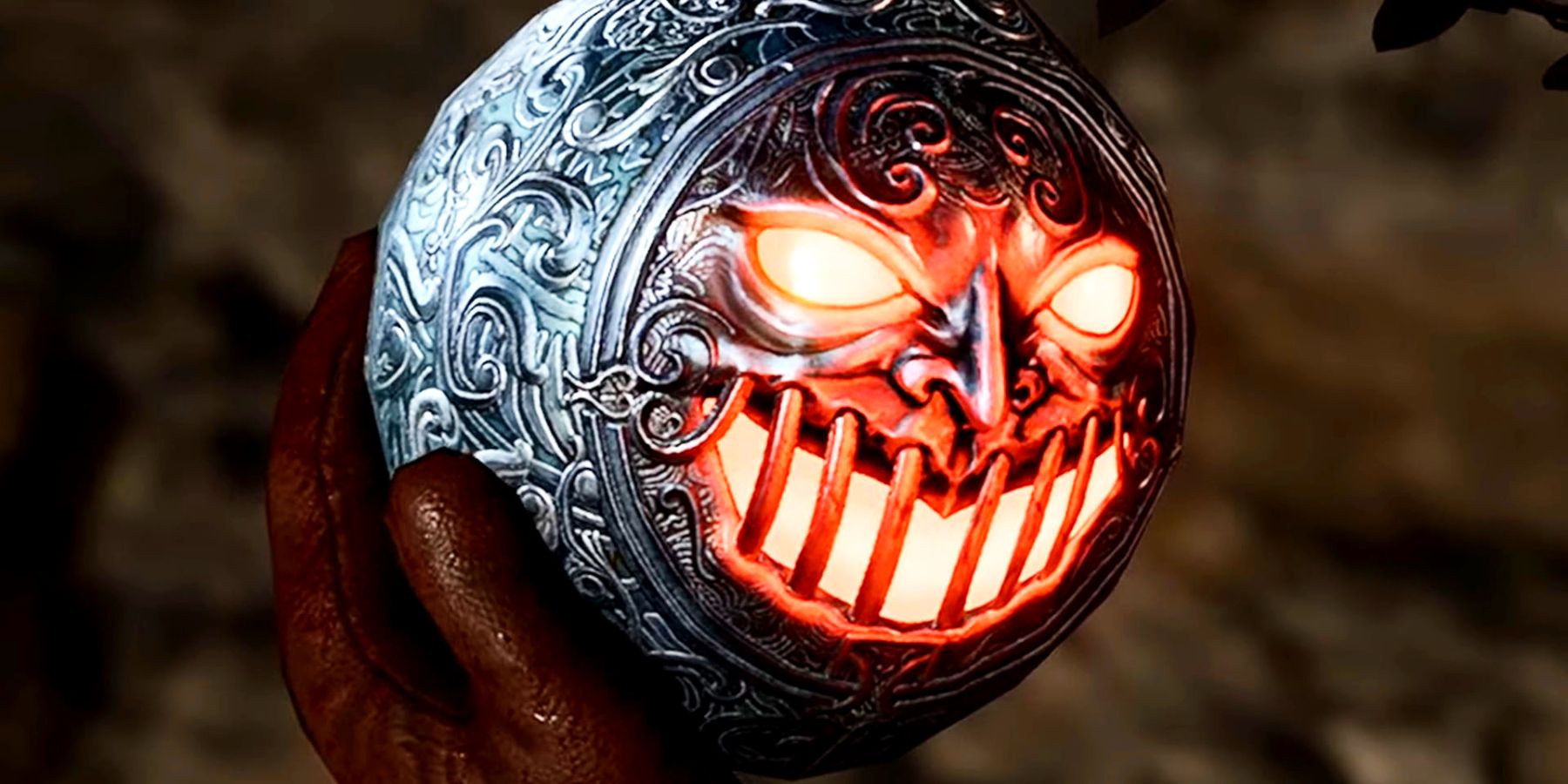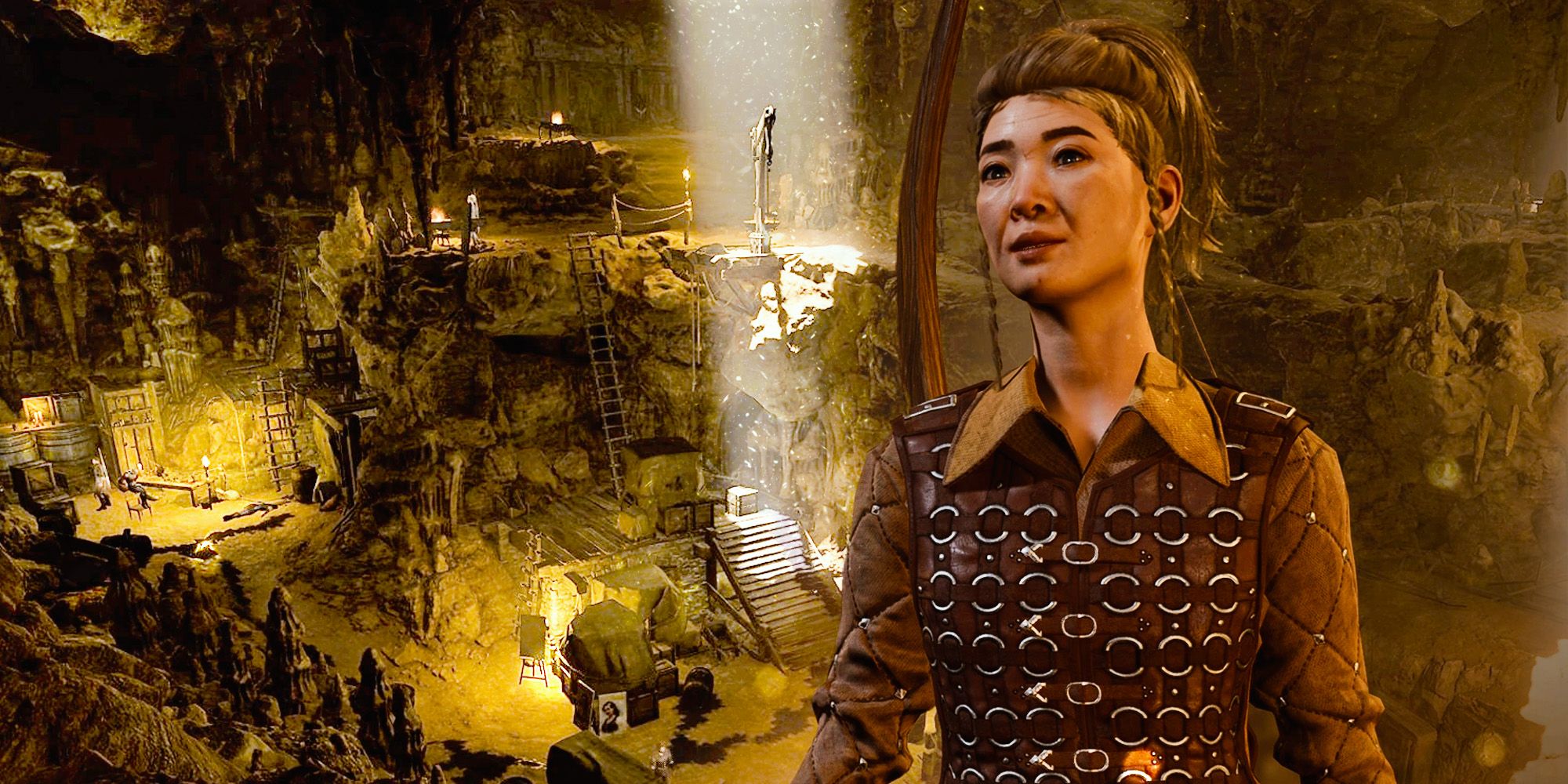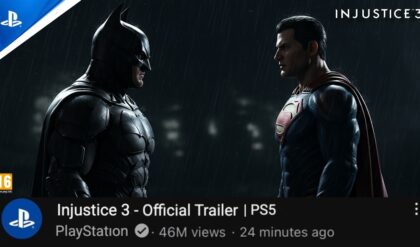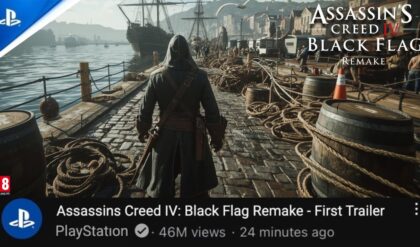Baldur’s Gate 3: Unraveling One of Its Biggest Mysteries After 300 Hours
Introduction: A Game That Keeps on Giving
Since its full release on August 3, 2023, “Baldur’s Gate 3” has cemented itself as a titan of the CRPG genre, earning Game of the Year accolades and captivating millions with its sprawling narrative, deep mechanics, and Dungeons & Dragons-inspired world. Developed by Larian Studios, the game boasts over 100 hours of content for a single playthrough, with completionists often clocking 150-200 hours to unearth every secret, per HowLongToBeat.com. Yet, even after 300 hours, players are still discovering new layers to this labyrinthine epic. One such adventurer claims to have solved one of the game’s biggest mysteries—a revelation so intriguing it’s sparked heated discussions across X, Reddit, and gaming outlets like IGN and GameSpot. What is this enigma, and how does it reshape our understanding of the Forgotten Realms? Drawing from community insights, developer hints, and web analysis, let’s dive into this breakthrough and explore why it’s got everyone talking.

The Mystery: What Lies Beneath the Iron Flask?
For context, the mystery in question centers on the Iron Flask, a curious artifact found in Act 1’s Zhentarim Hideout near Waukeen’s Rest. Guarded by zealous mercenaries who’d rather die than let it fall into the wrong hands, the flask contains a Spectator—a one-eyed aberration with deadly eye rays. Its description hints at a noble from Baldur’s Gate coveting it, with a wizard intermediary facilitating the deal, yet the trail goes cold. Players can release the Spectator, fight it, or keep the flask sealed, but no further quests or dialogue clarify its purpose. As ScreenRant notes, the Iron Flask feels like a loose thread in a game otherwise meticulous about tying up its sprawling plotlines. Why is it so heavily guarded? Who wants it, and what’s its true power? After 300 hours across multiple playthroughs, one player—let’s call them Tav, for anonymity—claims to have cracked the case, tying the flask to a deeper conspiracy within the game’s lore.
Tav’s Revelation: A Hidden Connection to the Absolute
Tav’s theory, first shared in a viral Reddit post echoed on X, posits that the Iron Flask is no mere trinket but a linchpin in the Cult of the Absolute’s machinations. The Spectator inside, they argue, isn’t random—it’s a prototype for the mind flayer tadpole experiments central to the game’s plot. Here’s the breakdown, pieced together from Tav’s findings and corroborated by web sources:
The Flask’s Origins: Tav suggests the flask was crafted by a high-ranking Absolute cultist, possibly Enver Gortash, who’s revealed in Act 3 as a mastermind behind the tadpole scheme. The Zhentarim’s secrecy aligns with Gortash’s use of mercenaries to handle dirty work, per GameSpot’s analysis of his Bane-worshipping network. The noble buyer? Likely a cover for Gortash himself, funneling resources through Baldur’s Gate’s elite.
The Spectator’s Role: Unlike typical Spectators, which serve beholders, this one lacks a clear master. Tav theorizes it’s been tadpoled—an experimental subject meant to test how aberrations react to mind flayer control. In Act 3, players encounter tadpoled creatures like ogres, hinting at broader experiments. The flask’s magical seal, Tav argues, keeps the Spectator dormant to prevent it from exposing the cult’s plans prematurely.
The Bigger Picture: By cross-referencing journal entries and dialogue, Tav connects the flask to the Absolute’s goal of creating a hybrid army. The Spectator’s eye rays—capable of fear, wounding, and paralysis—mirror the psionic powers the cult seeks to harness. If true, the flask was a proof-of-concept, abandoned when tadpole tech advanced, explaining why its questline feels incomplete.
Tav’s evidence includes overlooked clues: a Zhentarim letter mentioning “the client’s urgency,” the flask’s unique keyword activation (unused in-game), and parallels with Act 3’s Steel Watcher constructs, which blend magic and mind control. IGN’s lore guides support this, noting Larian’s tendency to bury plot threads in environmental storytelling, like notes and NPC banter.
Tracking The Iron Flask Across Acts One And Three
Following This Item From The Frontiers To The Lower City


Testing the Theory: Community and Web Insights
The community’s response has been electric. On X, users like @BG3LoreHound call Tav’s theory “mind-blowing,” pointing to similar dead-end items, like the Necromancy of Thay, as deliberate red herrings or cut content. Reddit threads on r/BaldursGate3 debate whether Larian intended the flask as a subtle lore bomb or a vestige of Early Access, when Act 1 was more open-ended, per Dexerto. GameRant’s coverage of player discoveries after 300 hours—like shared inventories or merchant quirks—underscores how “Baldur’s Gate 3” rewards obsessive exploration, lending credence to Tav’s sleuthing.
To verify, I scoured web sources for corroboration. PC Gamer’s Act 1 secrets guide mentions the flask’s oddity, suggesting it’s tied to “larger, unresolved questions” about the Absolute’s reach. Neoseeker’s walkthrough confirms the Zhentarim’s paranoia, noting their dialogue shifts if you pry about the flask, hinting at high stakes. A key find: Larian’s Patch 5 (November 2023) added epilogue dialogue where Gale muses about “forgotten relics” like the flask, per Wargamer, implying it’s not entirely abandoned. While no patch explicitly resolves the flask’s purpose, Larian’s history of teasing future content—Patch 8’s crossplay and Photo Mode, per GameSpot—suggests they might revisit it in a DLC or modding toolkit update.
Why This Matters: The Beauty of Ambiguity
So, is Tav right? The Iron Flask’s true purpose remains unconfirmed, as Larian’s tight-lipped devs love leaving breadcrumbs over definitive answers. But that’s what makes this discovery resonate. “Baldur’s Gate 3” thrives on ambiguity, letting players weave their own stories from loose threads. As Eurogamer’s review notes, the game’s 600+ spells, 12 classes, and countless dialogue branches create a sandbox where no two playthroughs are alike. Tav’s 300-hour journey—likely spanning multiple characters, from Drow rogues to Githyanki barbarians—shows how deep this rabbit hole goes. The flask, whether a cultist experiment or a narrative misstep, embodies the game’s replayability, pushing players to question everything.
The theory also highlights Larian’s storytelling prowess. Unlike linear RPGs, “Baldur’s Gate 3” buries its lore in plain sight—think Cazador’s sprawling dungeon or Arabella’s mysterious powers, both flagged by ScreenRant as unresolved enigmas. The flask’s obscurity mirrors real D&D campaigns, where dungeon masters drop tantalizing clues that may or may not pay off, per GamesRadar’s D&D expert. This fidelity to tabletop chaos is why fans, even after 500 hours, uncover vault tricks (Dexerto) or Act 1 surprises (Wargamer), keeping the game alive years post-launch.
Gameplay Impact: Does It Change How You Play?
Practically, Tav’s theory doesn’t alter mechanics—you won’t suddenly unlock a flask-based quest or wield Spectator powers. But it reframes Act 1’s Zhentarim encounter, per IGN’s walkthrough. Knowing the flask might tie to Gortash, you might:
Interrogate Zhentarim More Aggressively: Use Intimidation or Detect Thoughts to pry extra dialogue, potentially revealing cult connections. Tav claims a high-Charisma bard can coax a vague “client” hint from Rugan.
Keep the Flask Intact: Instead of fighting the Spectator, stash it in camp. Tav suggests it could trigger future content, especially with Larian’s modding tools looming, per PC Gamer.
Focus on Gortash’s Arc: In Act 3, dig deeper into Bane’s temple for flask-related notes. GameRant mentions Gortash’s journals hinting at “early trials,” possibly the Spectator.
These tweaks add roleplay flavor, letting you play as a detective unraveling the Absolute’s origins. For completionists, it’s a reason to revisit Act 1, scouring crates and NPCs for missed clues, as Neoseeker advises.
Community Buzz: A Shared Obsession
The buzz around Tav’s discovery proves “Baldur’s Gate 3” is a cultural juggernaut. X posts from @RealTuckFrumper and @AccessTheAnimus amplify the hype, with fans sharing their own 300-hour epiphanies—like Astarion’s rare scenes or Minthara’s sewer fate (PC Gamer). Reddit’s r/BaldursGate3 is a theory hub, with users debating if the flask links to cut content or a planned expansion. Larian’s silence fuels speculation, but their Patch 8 tease—crossplay and no major story adds, per GameSpot—suggests the flask’s mystery might endure as fan fodder.
This isn’t the first time players have cracked “Baldur’s Gate 3” open. Dexerto reported a 500-hour Sorcerous Sundries vault solution, while GameRant covered a combat inventory oversight after 300 hours. Tav’s find joins this pantheon, showing how Larian’s world rewards curiosity. As Wargamer’s Mollie Russell, a D&D veteran, puts it, the game’s replayability lies in its “endless surprises,” from goblin camp shenanigans to obscure lore drops.
Looking Ahead: Will Larian Answer?
With Patch 8 likely the final major update, per GameSpot, the Iron Flask may remain an enigma unless modders or DLC expand it. Larian’s focus has shifted to new projects, but their modding toolkit, teased on X, could let fans craft flask-centric quests. For now, Tav’s theory is the closest we’ve got to closure, blending Act 1’s grit with Act 3’s revelations in a way that feels quintessentially D&D—messy, open-ended, and endlessly debatable.
Conclusion: A Mystery Worth Chasing
Tav’s 300-hour revelation isn’t just a theory—it’s a testament to “Baldur’s Gate 3″’s depth, where every item, from a rusty flask to a god-forged sword, can spark a saga. Whether the Iron Flask is a cultist relic, a cut quest, or something else entirely, it’s reignited passion for a game that refuses to grow old. So, fire up your save, revisit Waukeen’s Rest, and poke at the flask yourself. Who knows? After 300 hours, you might uncover the next big secret shaking the Forgotten Realms.





